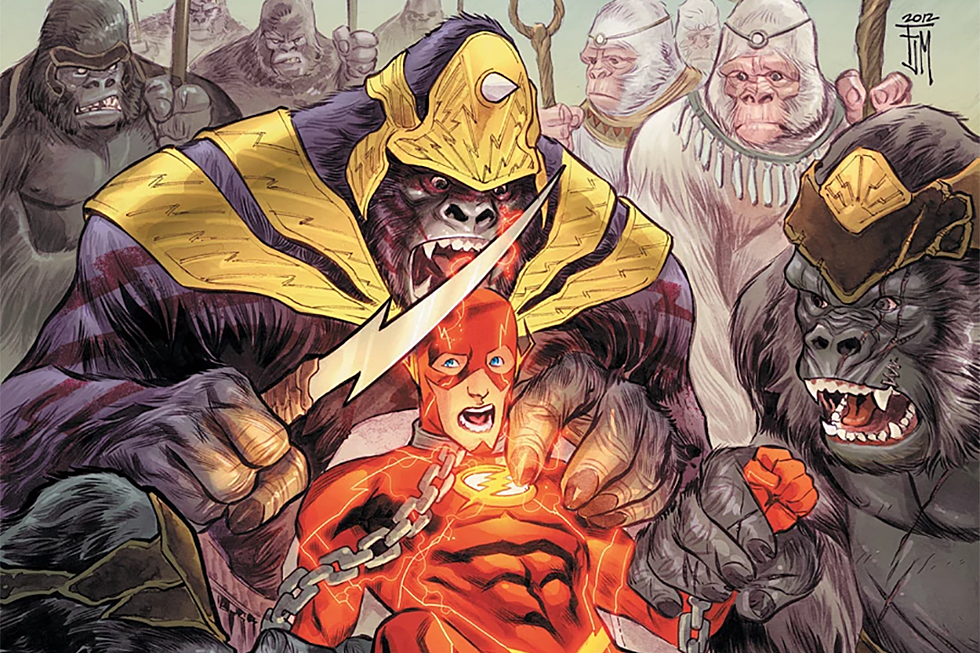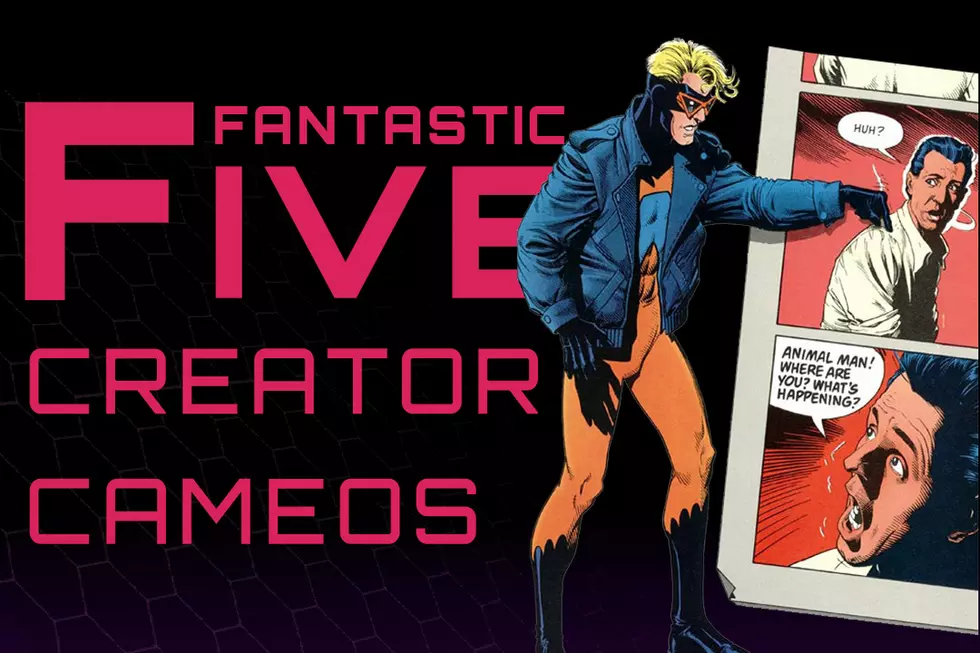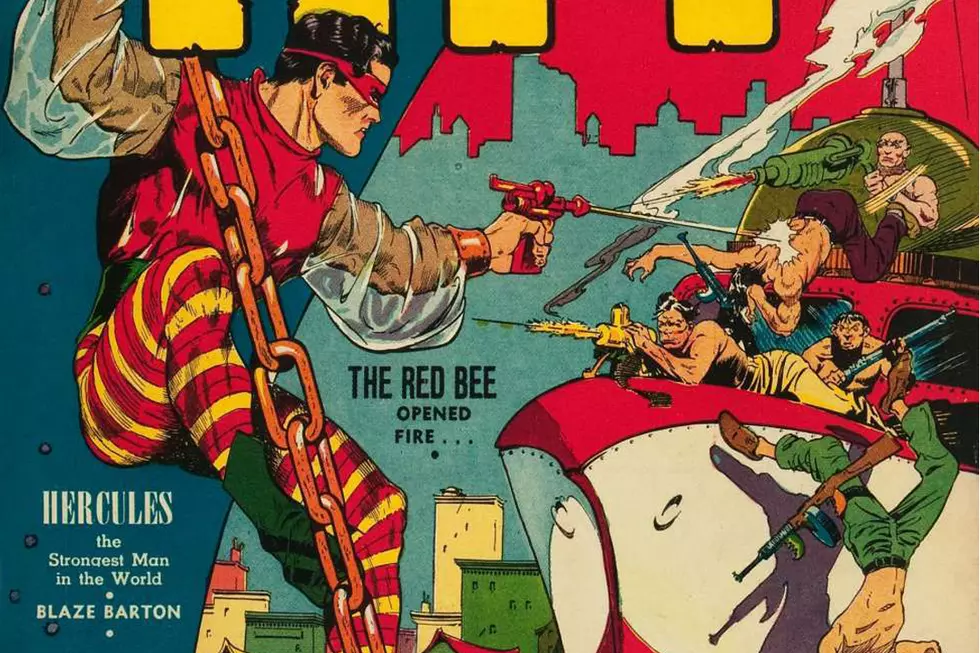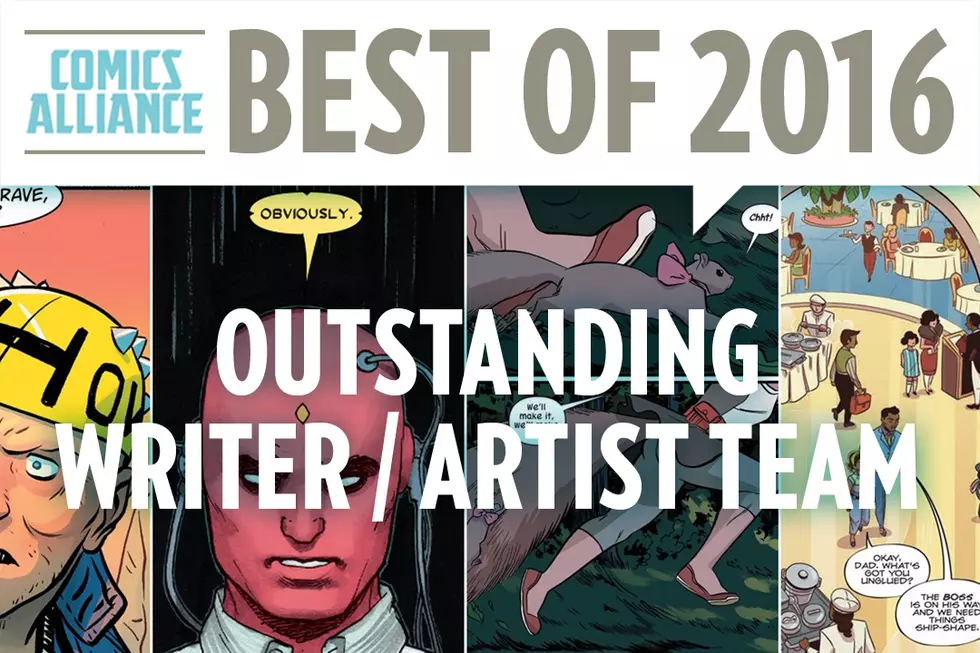
Embracing the Weird: On the Dawn of the Doom Patrol
On this day in 1963, a new kind of super-team was born. They weren't the clean-cut, respected heroes of the Justice League. They weren't a close-knit family unit like the Fantastic Four. They were a collection of misfits, shunned by the world at large, assembled by a wheelchair-using benefactor to protect the very citizenry that had rejected them. No, not the X-Men — they debuted later that year. We're talking about the Doom Patrol.
There have been a lot of Doom Patrols over the years, but the core of the idea has been there since the first incarnation, which debuted in My Greatest Adventure #80, written by Arnold Drake, with art by Bruno Premiani. Editor Murray Boltinoff and another DC writer, Bob Haney, are generally credited as co-creators of the team with Drake and Premiani, although Drake has at times minimized Haney's contribution.
The Doom Patrol most people remember these days was the late-'80s/early-'90s run written by Grant Morrison, which is often credited with making the book weird. But truthfully, all Morrison was doing was taking the original concept to a more extreme conclusion.
The Doom Patrol was always weird, from My Greatest Adventure #80 on. Weird and dark, especially for the Silver Age. It's right there in the name of the team. This isn't a league dedicated to justice, or a quartet of people with fantastic powers, or even a team dedicated to vengeance (okay, so the Avengers were misleadingly named, but that's beside the point). These guys are on the lookout for doom. Or perhaps they are the doomed, and have united in their shared tragedy.
Shared tragedy is basically the theme of the Doom Patrol, especially in their origin story. Unlike the X-Men, these heroes aren't regarded as freaks by an accident of birth. They were all normal people — in fact, they were specifically good looking and widely admired people — until bizarre accidents changed their lives.
Cliff Steele was a daredevil race car driver, until his entire body was destroyed in a wreck, leaving his living brain to be transplanted into a robotic shell. Larry Trainer was a test pilot whose exposure to radiation gave him the ability to release a super-powered doppelganger known as the Negative Man; meanwhile Larry is radioactive and must live his life wrapped in special bandages. Rita Farr was a movie actress, who grew and shrank uncontrollably after being exposed to a weird volcanic gas.
At first glance, Rita seems like an odd fit for the team, still looking like a normal human next to the robot and the mummy guy. But her origin story really drives home how out-of-control size-changing powers could ruin your life and career.
The three are recruited by Niles Caulder, a polymath who offers them the chance to start their lives anew as adventurers and protectors of humanity. Caulder has a disability — its exact nature won't be explained till later, but he uses a wheelchair — and relates to these three whose powers basically double as disabilities.
There had previously been a few disabled superheroes (like Dr. Mid-Nite from the Justice Society), and heroes whose powers had significant physical drawbacks (like the Thing), and of course Daredevil would debut the next year, but Doom Patrol dealt with disability in a way that was groundbreaking, and would become even moreso under later writers like Morrison and Rachel Pollack. Doom Patrol is a story about different bodies moving through a world that wasn't made for them, and it was already that back when X-Men was still a teen boarding school drama.
And more than just that, Doom Patrol was and has remained a franchise obsessed with the weird. In that first story, when a tiny Rita crawls out of Cliff's ear, revealing that she was hiding inside his metal skull all along, we find ourselves far outside of traditional superheroics.
That's where the Doom Patrol have lived ever since, from these early issues to the introduction of Beast Boy, to ape-faced psychic teen Dorothy Spinner, to the first transgender superhero, Coagula, in the 1990s. Doom Patrol has always been something special, and the roadmap was there from the very beginning, in April 1963.
More From ComicsAlliance









